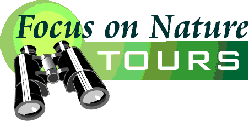
E-mail: font@focusonnature.com
Phone: Toll-free in USA 1-800-721-9986
or 302/529-1876
 |
PO Box 9021,
Wilmington, DE 19809, USA E-mail: font@focusonnature.com Phone: Toll-free in USA 1-800-721-9986 or 302/529-1876 |
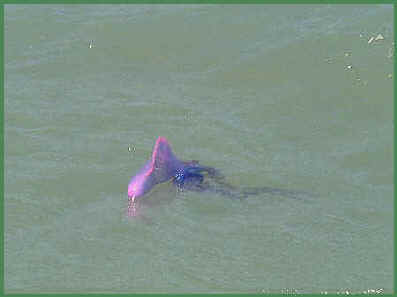 MARINE LIFE
MARINE LIFE
of Southeastern
North America
of & by the Atlantic Ocean
& the Gulf of Mexico
(other than Whales & Dolphins
and the Manatee)
including inshore and offshore waters
and coastal Florida and Texas
A list compiled by Armas Hill
With those seen during FONT tours
& pelagic trips
with an (*)
Photo at upper
right: the jellyfish known as the PORTUGUESE MAN-OF-WAR
Links:
A
Listing of scheduled Focus On Nature Tours
Upcoming Focus On Nature Tours in North America
Links, in the following list, to:
Sea
Turtles
Fish
Corals
& Jellyfish
Mollusks (Shells)
Arthropods (including Crustaceans & Echinoderms)
![]()
Codes:
All of the following
either along the coast or offshore
FL in Florida
TX in Texas
(p)
pelagically
(ASC:xx) refers to plate number of photo in the "National
Audubon Society Field Guide to Seashore Creatures"
(FGCF:xx) refers to the page with an
illustration in the book "A Field Guide to Coastal Fishes, from Maine to Texas", by
Val Kells & Kent Carpenter, 2011.
These classifications by the ICUN (International Union for Conservation of
Nature)
of Threatened & Near-threatened species;
(t1): critically endangered
(t2): endangered
(t3); vulnerable
(nt): near-threatened
MARINE, or SEA, TURTLES
(Reptiles)

p's Ridley (t1) (*) ______
Lepidochelys kempii
The Kemp's Ridley is globally the most endangered of
the sea turtles, but it is the species most commonly found in the Texan
waters of the Gulf of Mexico.
The primary nesting area for the species is in the Mexican state of
Tampaulipas, where Rancho Nuevo has been the only known major nesting beach
for the species in the world.
A secondary nesting population has been established at the Padre Island
National Seashore in Texas.
An excellent book about sea turtles is "Voyage
of the Turtle - in Pursuit of the Earth's Last Dinosaurs", by Carl
Safina, Owl Books, 2007.
FISH
Click the above link to a list of
marine fish of southeastern North America: xxx species
INVERTEBRATES
including those of the OPEN OCEAN:
CNIDARIANS
(including corals & jellyfish)
STONY CORALS (Class Anthozoa)
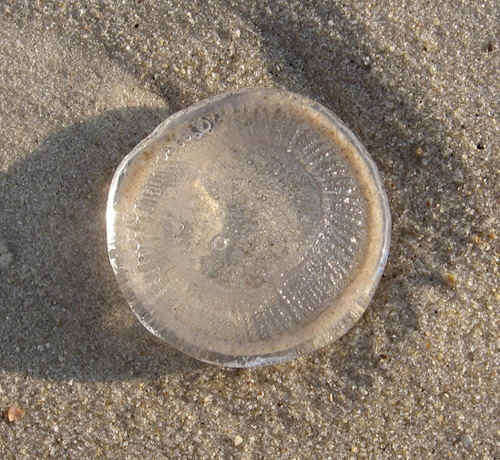

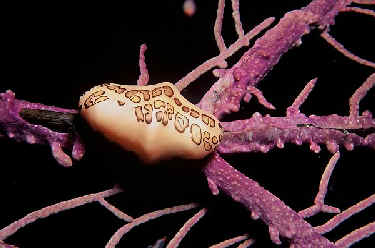
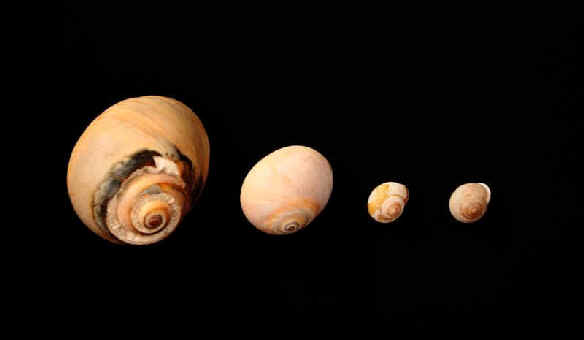
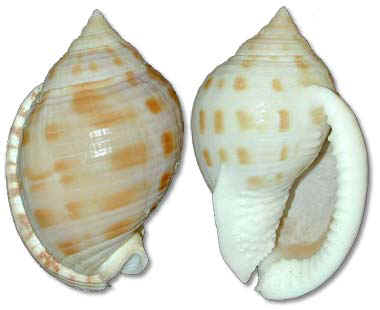
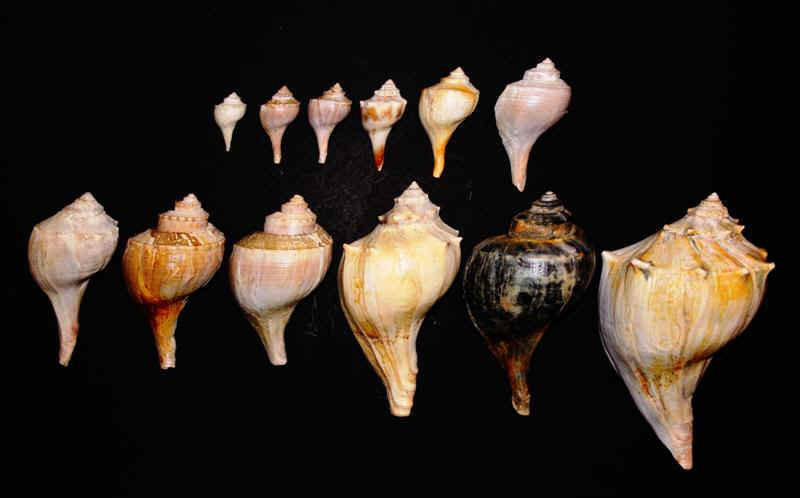
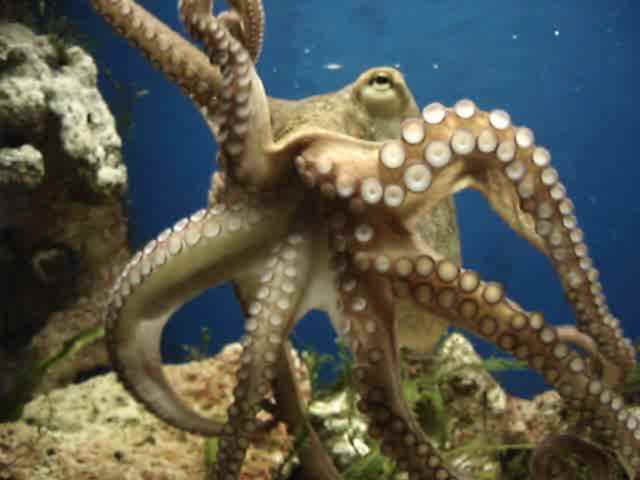

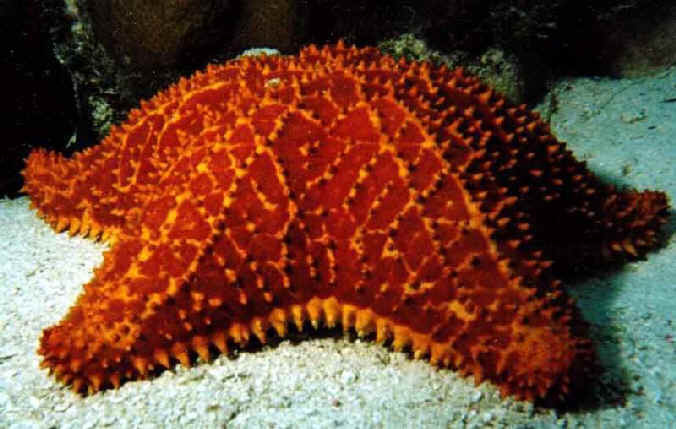
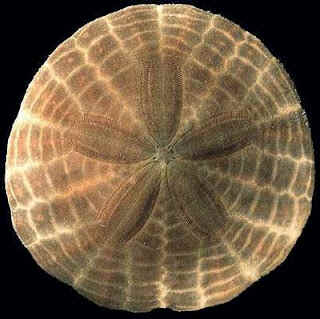
References include:
"Sea Life - A Complete Guide to the Marine Environment", edited by
Geoffrey Waller, with principal contributors Marc Dando & Michael Burchett,
1996.